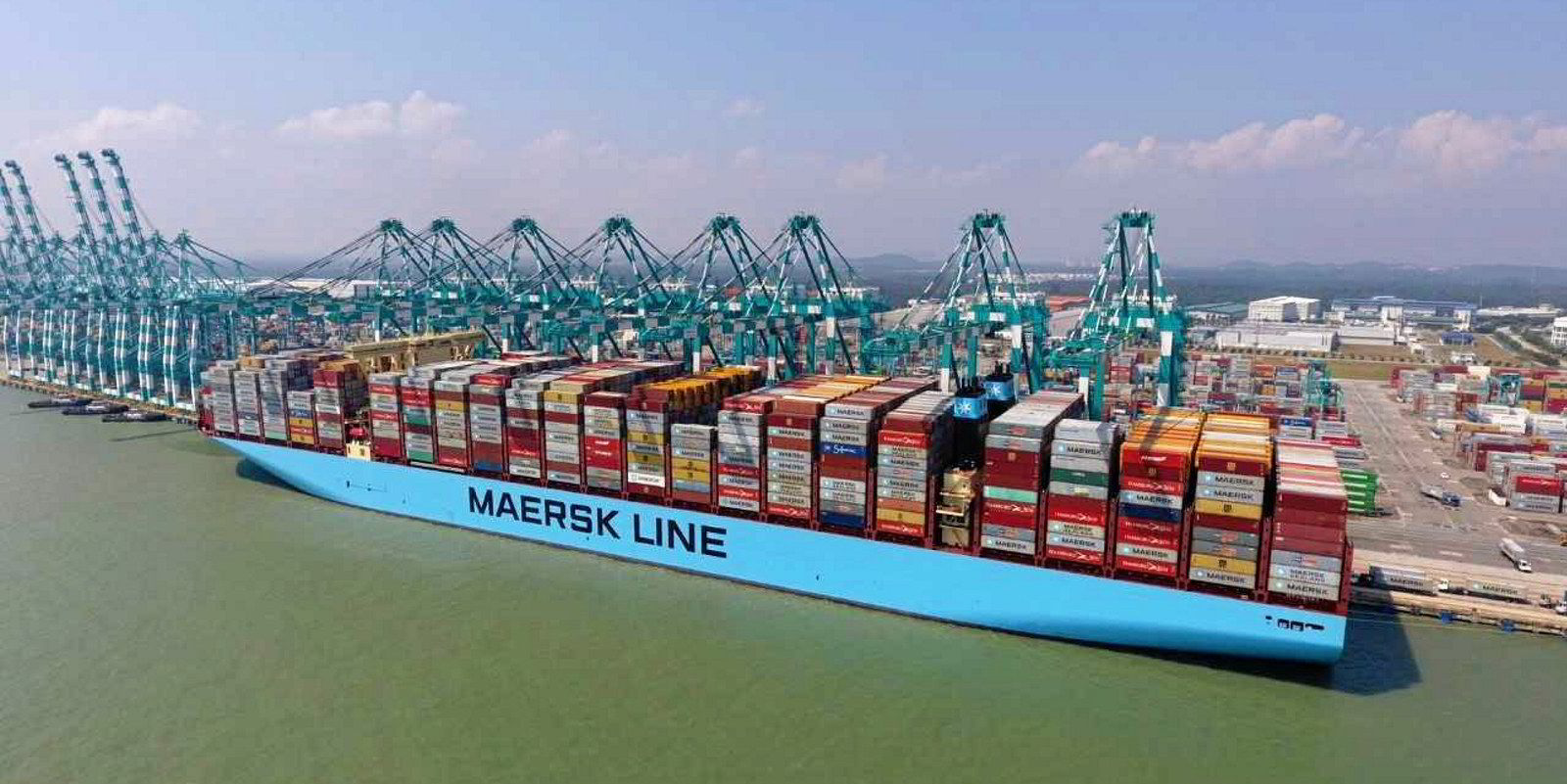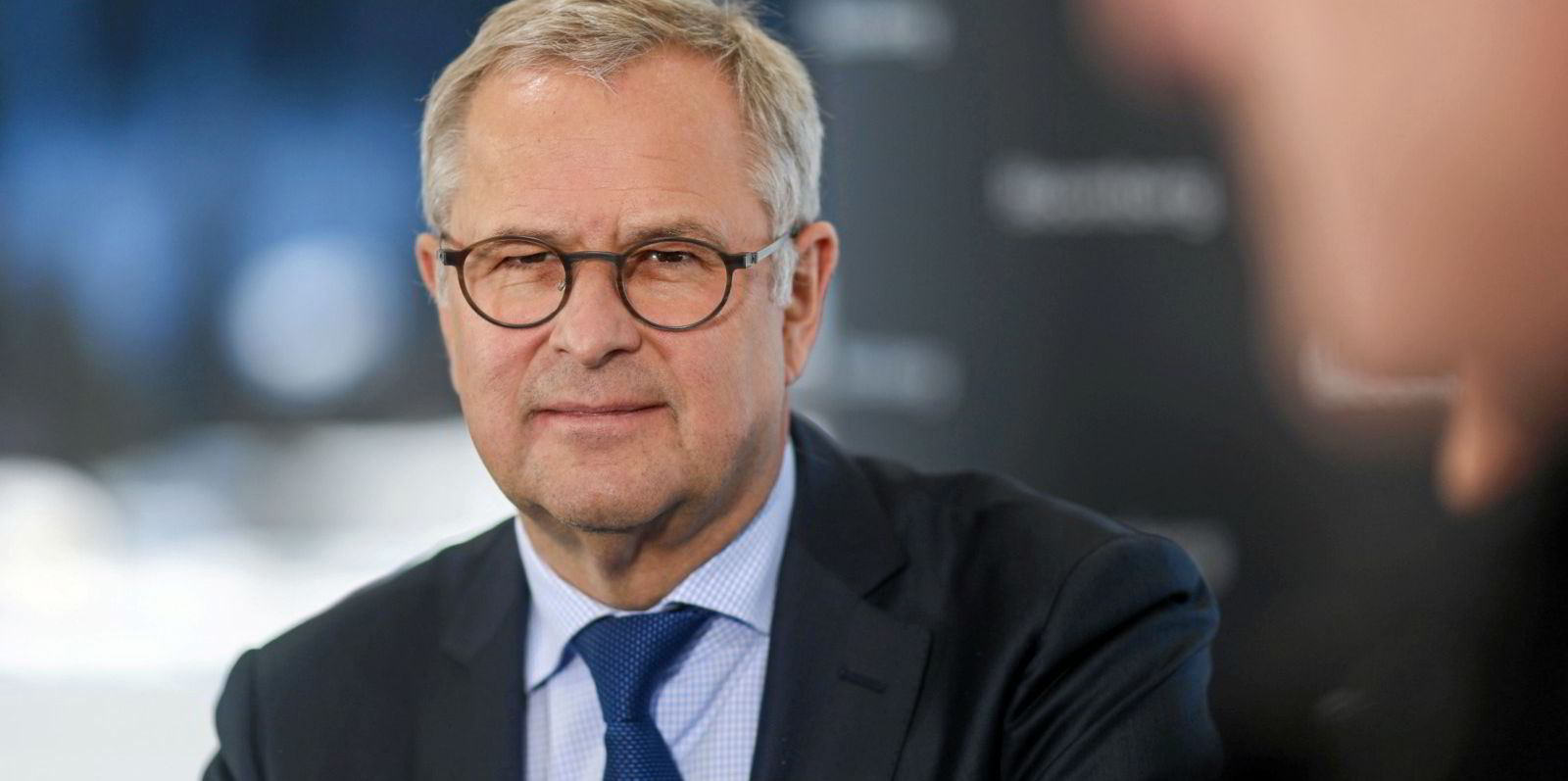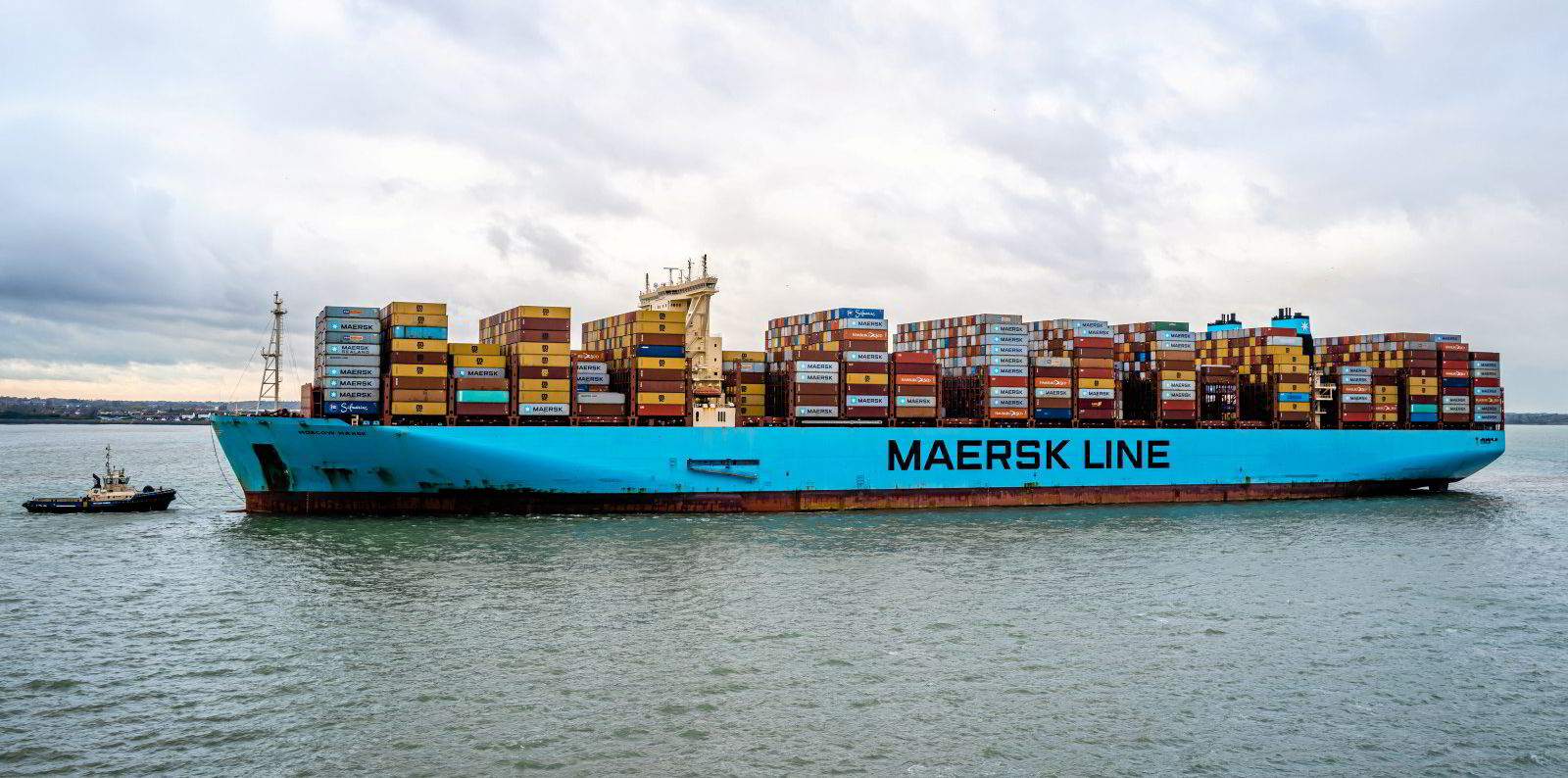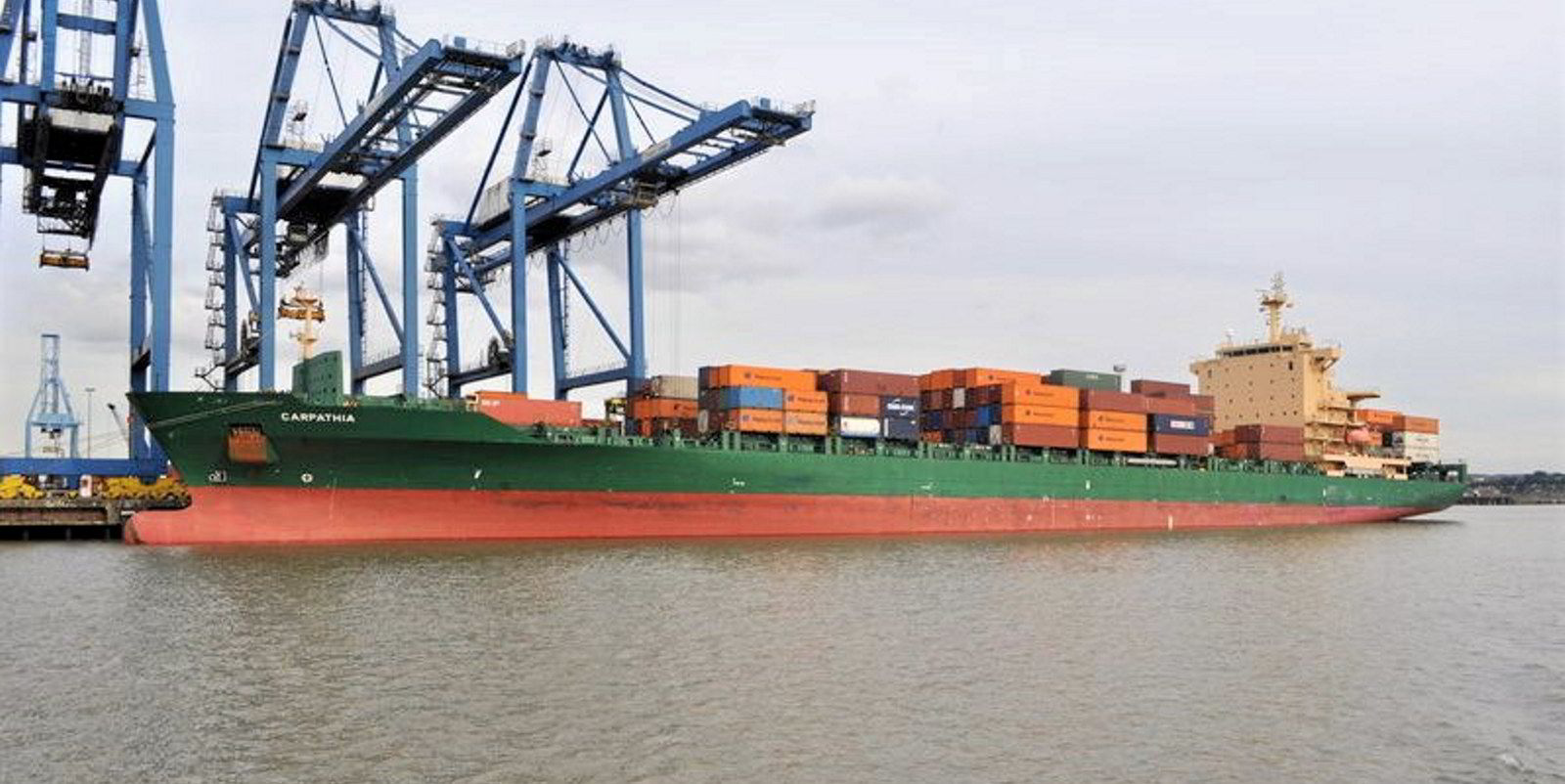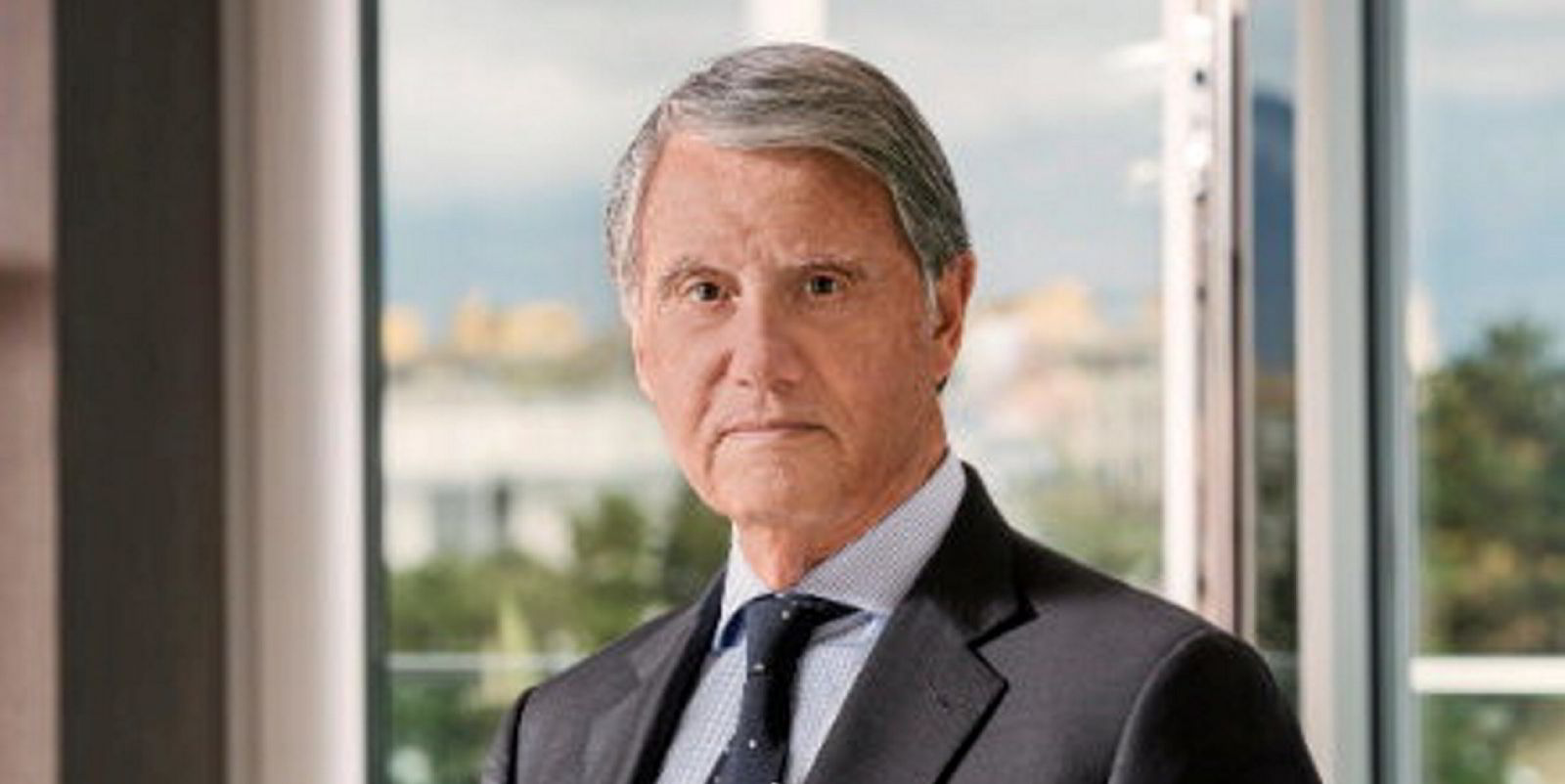AP Moller-Maersk chief executive Soren Skou says 2022 is to be another bumper year, but the “new normal” means nothing is certain.
“The reality is we don’t have any experience coming out of a pandemic,” Skou told an earnings call on Wednesday.
He expects Maersk to turn in $24bn in Ebitda this year — the same figure as in 2021 — based largely on an increase in long-term contracted business.
That would lift its earnings to an astonishing $48bn in earnings over two years.
But the Maersk boss warns there are plenty of caveats that may derail its expectations for container shipping markets.
Skou assumes a strong first half of the year for the container market and expects a normalisation of that same market in the second half of the year.
“Everything we see right now looks very strong,” Skou said.
“But we also have to assume that at some point people come back to work, that bottlenecks (will unwind), and things come back to normal.”
Those factors would release container ship capacity back into the market.
That would include 88 ships waiting at the Port of Los Angeles as well as additional capacity to be delivered into the market this year, he said.
Skou also expects the company’s performance in the first quarter of 2022 to be on a par with the extraordinarily strong fourth quarter of 2021.
After that, some form of “normalisation” might start to take effect in the second half of the year as port congestion is freed up.
Another nine months?
That remains anything but certain as supply chain problems continue to plague the industry.
On schedule reliability alone, it will take at least eight or nine months for the industry to recover, Danish analyst Sea-Intelligence said on Wednesday.
“That said, the market is showing no indication that we have started on the path to resolution,” the analyst added.
“The system is so far out of balance that there is no historical precedent fully describing this situation.”
Maersk’s bullish projection reflects strong demand and the company expects to grow in line with global container demand of 2% to 4% in 2022.
But uncertainties due to congestion, network disruption and demand could stifle those ambitions, Skou conceded.
Maersk is also projecting that the proportion of long-term business will continue to increase.
Long-term contracts rose by 15% in 2021 to 65% of its long-haul business. The figure is expected to increase to 70% this year, or more than 7m feu.
Average long-term freight rates increased by around $1,000 per 40-foot equivalent unit (feu) in 2021 to around $3,000 per feu.
These too are expected to rise by $800 per feu in 2022, compared with 2021, enough to add around $6bn to earnings this year.
‘Out of the window’
Should normalisation pan out as Skou expects, Maersk will match Ebitda of $24bn it racked up in 2021.
“If it plays out that way, then it will still be a year of exceptional high earnings and free cash-flow, also in 2022,” Skou said.
That will benefit shareholders to whom Maersk plans to return $9.6bn in 2022.
But Skou added that some of the “normal” contractual practices in container shipping have been shunted aside in the past 18 months.
“The normal seasonality of contract rates is out the window. We used to have some fixed dates around the calendar year and around 1 May for the Pacific season,” he said.
But many of those had been renegotiated early and contracts enlarged, he added.
“Customers are coming saying, ‘we need more capacity’, so we end up doing a new contract out of the normal cycle at more volumes,” he said.
Skou said it would be difficult to gauge the speed at which the container market might revert to normal.
“Whether it’s a gradual normalisation or sharp normalisation, we don’t know. Obviously how capacity gets freed up will probably determine that,” he said.
“The issue we have in the US in particular is pretty set, and it seems unlikely that this is something to be resolved overnight.”
“That’s why we’re guiding for a strong first quarter and first half, and then we’ll see what happens.”
